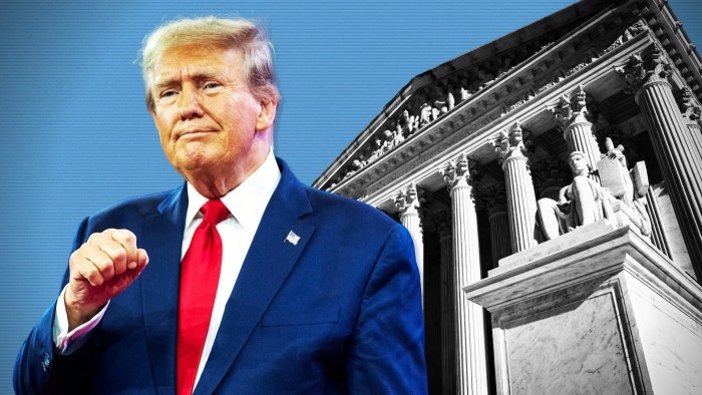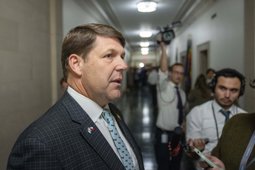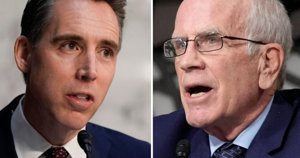
Supreme Court Greenlights Trump’s Federal Job Cuts Order
Supreme Court allows Trump’s executive order for major federal job cuts to proceed pending ongoing legal challenges.
High Court Issues Stay on Workforce Cuts
The Supreme Court has granted the Trump administration’s request to move forward with a sweeping plan to reduce the size of the federal workforce, while legal proceedings continue in lower courts. In a 6–3 decision issued Tuesday, the justices set aside a district court injunction that had blocked Executive Order No. 14210, allowing federal agencies to prepare and implement large-scale reductions in force (RIFs) and agency reorganizations.
The decision is not a final ruling on the merits of the executive order, but it enables the administration’s plans to take effect while litigation moves through the Ninth Circuit and potentially back to the Supreme Court for further review. The majority opinion noted, "Because the Government is likely to succeed on its argument that the Executive Order and Memorandum are lawful—and because the other factors bearing on whether to grant a stay are satisfied—we grant the application." The Court specifically clarified that it was not ruling on the legality of any particular agency’s restructuring plan, only on the executive order itself.
Issued in February, the order directs federal agencies to identify and eliminate roles considered "non-critical" or "not statutorily mandated," and to reorganize as part of a broader strategy to streamline government and reduce waste. Trump administration officials have defended the measure as a necessary step to modernize government and cut inefficiency, arguing that the lower court’s injunction forced agencies to keep "thousands of employees whose continuance in federal service... is not in the government and public interest."
Dissent and Public Service Concerns
Liberal justices dissented strongly, with Justice Ketanji Brown Jackson warning the majority was prematurely unleashing a "wrecking ball" that could fundamentally alter the federal workforce without full consideration of the consequences. She argued that the executive action usurps Congress’s constitutional role over government structure and policy, and that the high court acted too quickly in an emergency posture.
Labor unions, state officials, and nonprofit groups have raised concerns that the order would gut vital services across multiple agencies, citing proposed workforce cuts exceeding 50% at the Department of Energy and nearly 90% at the National Institute for Occupational Safety and Health. The American Federal Government Employees Union described the Supreme Court’s action as "a serious blow to our democracy," emphasizing that mass layoffs without congressional approval threaten essential public services that millions rely on.
The Supreme Court’s ruling leaves open the possibility that the order could be paused again if the Ninth Circuit upholds the injunction or if the justices ultimately rule against the administration. For now, however, federal agencies may proceed with implementation as litigation continues.
Administration Declares Victory, Unions Vow to Fight On
White House officials celebrated the decision as a clear victory for the president’s executive powers and a step toward long-promised government efficiency. "It clearly rebukes the continued assaults on the President’s constitutionally authorized executive powers by leftist judges who are trying to prevent the President from achieving government efficiency across the federal government," stated principal deputy press secretary Harrison Fields.
Labor unions and their allies remain determined to contest the order in court, pledging ongoing legal efforts to protect public sector jobs and the communities that depend on federal programs. The case, Trump v. American Federation of Government Employees, continues to shape the national debate over the size, scope, and oversight of the federal workforce as the legal battle plays out.






